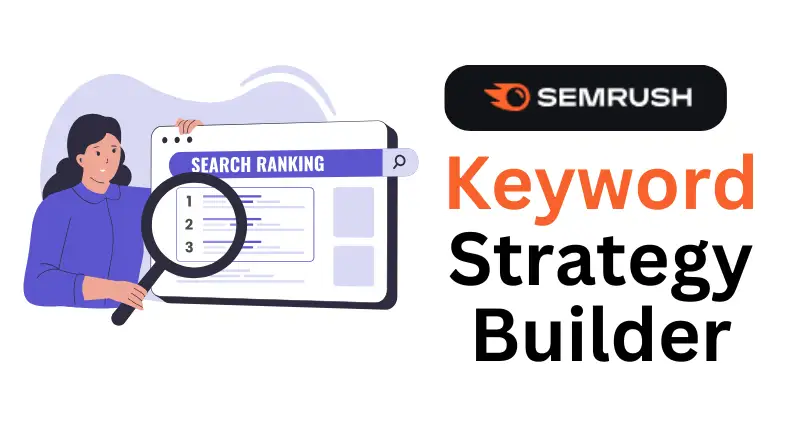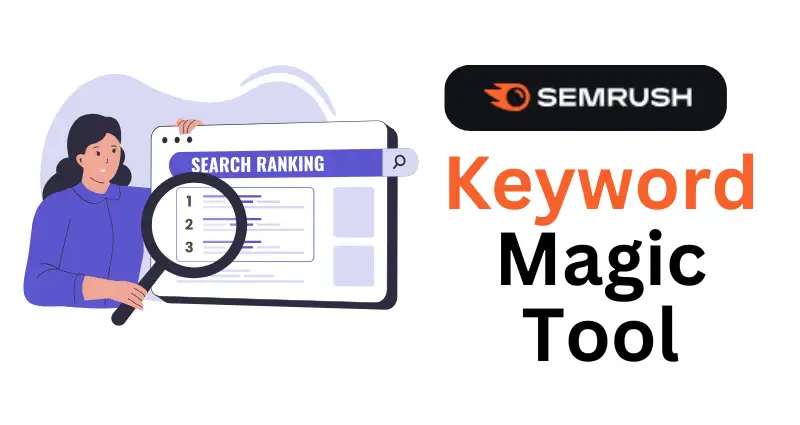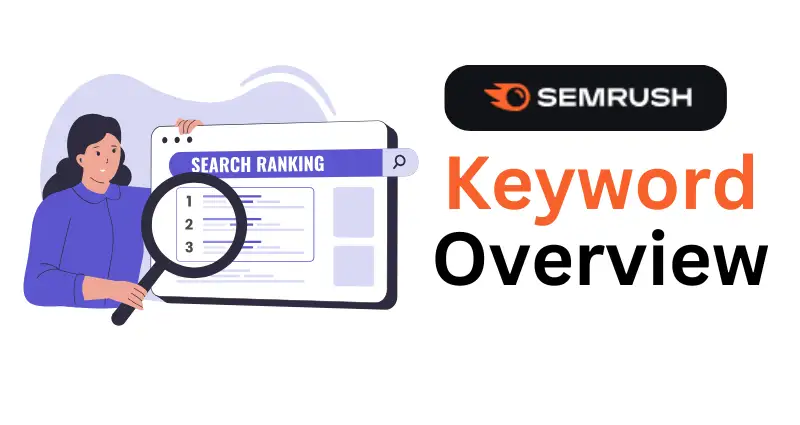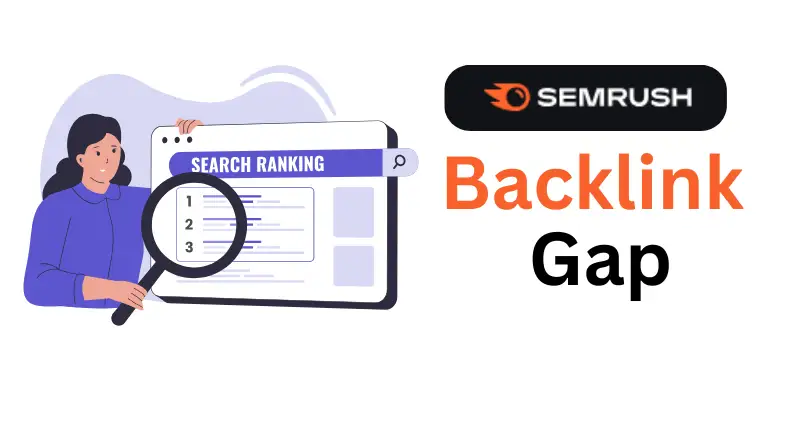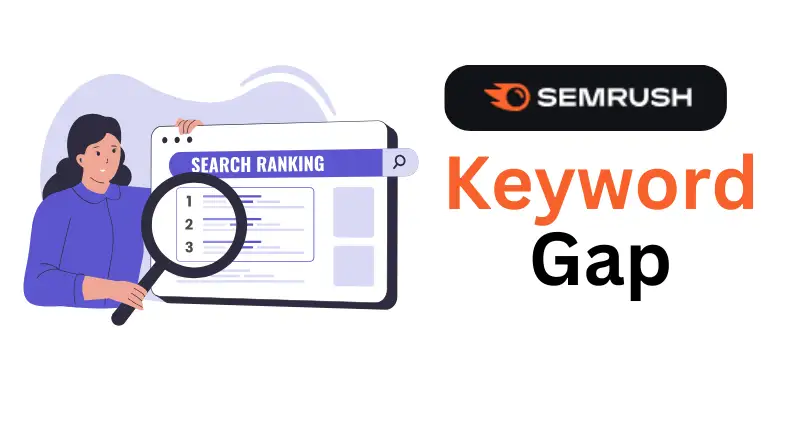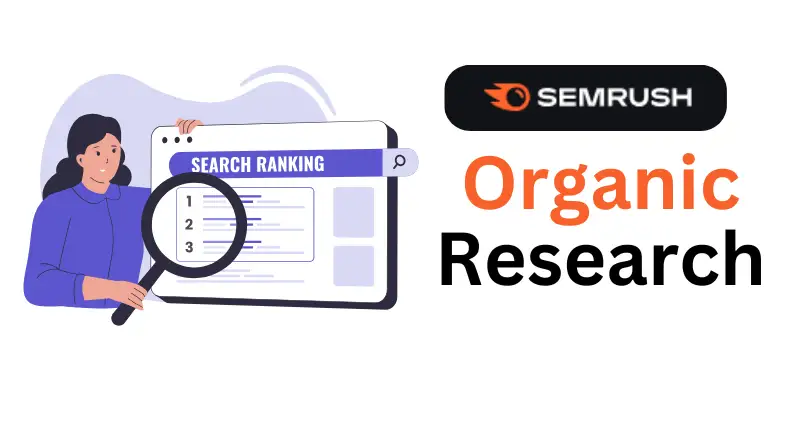Blogging is more than just putting words on a page; it’s about creating engaging, useful content that resonates with your audience.
Whether you’re a beginner or a seasoned blogger, understanding best practices can dramatically improve the effectiveness of your posts.
Here’s an in-depth guide to writing blog posts that captivate your readers and keep them coming back for more.
Test Your Knowledge with Our Quick Quiz!

1. Crafting Attention-Grabbing Headlines
Your headline is the first thing a reader sees, and it needs to pull them in instantly. Here’s how:
- Use numbers or lists: Posts like “7 Tips for Boosting Your Traffic” often get more clicks.
- Ask intriguing questions: Headlines such as “Are You Making These Blogging Mistakes?” trigger curiosity.
- Leverage strong adjectives: Words like “Ultimate,” “Proven,” or “Easy” add impact.
- Focus on the benefit: The reader should immediately understand what’s in it for them, e.g., “Boost Your SEO in 5 Simple Steps.”
A strong headline not only captures attention but also sets the tone for the entire post.
Example of Effective Headlines
| Headline Type | Example |
|---|---|
| Numbered List | “10 Ways to Master SEO in 2024” |
| Intriguing Question | “Is Your Website Missing These Critical Features?” |
| Strong Adjective + Benefit-Focused | “The Ultimate Guide to Writing Faster” |
2. Introduction: Hooking Readers in the First Few Sentences
The introduction needs to convince readers to stay and read the entire post. Here’s how to make it happen:
- Start with a bold statement: Grab their attention, e.g., “Most bloggers fail because they don’t engage their audience.”
- Pose a thought-provoking question: For example, “Have you ever wondered why your blog isn’t converting?”
- Relate to the reader’s problem: Showing you understand their pain makes them feel connected.
- Outline the post’s benefits: Be clear about what they’ll gain by reading the post.
In just a few lines, the reader should feel compelled to continue reading.
Example of a Strong Introduction
“Blogging isn’t just about writing; it’s about solving problems. Yet, many bloggers struggle to keep readers engaged. In this post, we’ll uncover the best practices for crafting blog posts that keep your audience hooked from start to finish.”
3. Structuring Blog Posts for Readability
One of the biggest reasons readers leave a blog post is poor structure. Here are some tips:
- Short paragraphs: Keep them to 2-3 sentences for easy reading.
- Subheadings: Break up sections with clear subheadings.
- Bullet points and lists: These make the post skimmable and easier to digest.
- Bold and italics: Use them to emphasize important points without overdoing it.
Well-structured content allows readers to quickly find what they need, improving the overall user experience.
Example of Readable Structure
Poor structure: “Long blocks of text are difficult to read. People tend to skim content, so if your paragraphs are too long, they might just skip over them. This makes it harder for them to find the information they’re looking for.”
Good structure:
- Long blocks of text are difficult to read.
- Readers tend to skim, so keep paragraphs short.
- Use bullet points to highlight key information.
4. Writing for SEO: Including Keywords Naturally
SEO is crucial for making your blog discoverable, but stuffing keywords can harm readability. Here’s a better approach:
- Research primary and secondary keywords before writing.
- Include the main keyword in the title, introduction, and some subheadings.
- Avoid keyword stuffing; instead, incorporate related phrases and synonyms.
- Use meta descriptions and alt text for images to enhance SEO further.
This balance between SEO and readability will help your blog rank well without sacrificing quality.
Example of Keyword Integration
SEO-Optimized Paragraph: “Boosting your website’s SEO isn’t complicated. By using simple, proven methods like optimizing meta descriptions and incorporating relevant keywords in your posts, you can increase your visibility in search engine results.”
5. Enhancing Your Posts with Visuals
Visuals make blog content more engaging and easier to understand. Here’s how to use them effectively:
- Use high-quality images that align with your content.
- Infographics simplify complex information.
- Optimize images for faster loading by compressing them.
- Include alt text to improve SEO and accessibility.
Visual elements, when used correctly, break the monotony of text and enhance reader engagement.
Types of Visual Content to Include
| Visual Type | Purpose |
|---|---|
| High-Quality Images | Make content more attractive |
| Infographics | Explain complex processes/data visually |
| Screenshots or Charts | Show detailed examples |
6. Incorporating Storytelling into Your Writing
Storytelling helps readers connect emotionally with your content. Here’s how to use it:
- Start with a personal story that relates to your topic.
- Engage emotions by making the narrative relatable.
- Use characters (real or hypothetical) to guide readers through the journey.
This approach keeps readers invested in your message by turning dry facts into compelling narratives.
7. The Importance of Internal Linking
Internal linking is key for both SEO and user engagement. Here’s why:
- Improves SEO by spreading link authority across your site.
- Guides readers to related content, encouraging them to stay on your site longer.
- Use natural anchor text and only link when relevant to the content.
Internal links provide value to your readers while also boosting your site’s ranking.
8. Writing for Your Audience’s Needs and Pain Points
The best blog posts directly address the needs of your readers. Here’s how:
- Research your audience’s pain points through comments, surveys, or analytics.
- Offer solutions to their problems with actionable tips.
- Use empathetic language to show you understand their struggles.
The more aligned your content is with your audience’s challenges, the more engagement you’ll see.
9. Creating Compelling Calls to Action (CTAs)
CTAs guide readers toward taking the next step. To create effective CTAs:
- Be clear about what you want the reader to do (e.g., “Subscribe” or “Download Now”).
- Make it visually stand out with buttons or unique colors.
- Use action-oriented language such as “Get started today” or “Claim your free guide.”
CTAs placed strategically throughout your blog can significantly improve conversions.
10. Proofreading and Editing for Maximum Impact
Polished posts leave a lasting impression. To edit effectively:
- Take a break after writing and come back to the post with fresh eyes.
- Use tools like Grammarly to catch grammar and spelling issues.
- Read aloud to catch awkward phrasing or flow problems.
- Double-check all links and ensure formatting consistency.
A well-edited post feels more professional and is easier to read.
11. Tools to Help You Write Faster and Better
Writing doesn’t have to be slow and tedious. These tools can help:
- Grammarly: Fix grammar and improve style.
- Hemingway: Simplify complex sentences and enhance readability.
- Trello: Organize content ideas and track progress.
- Google Docs: Easily collaborate and format your posts.
- CoSchedule’s Headline Analyzer: Optimize headlines for better engagement.
Final Thoughts
Writing engaging blog posts requires a mix of creativity, strategy, and empathy. By following these best practices, you’ll be well on your way to producing content that not only ranks well but also resonates deeply with your audience. Start small, experiment with different techniques, and always focus on providing value.

